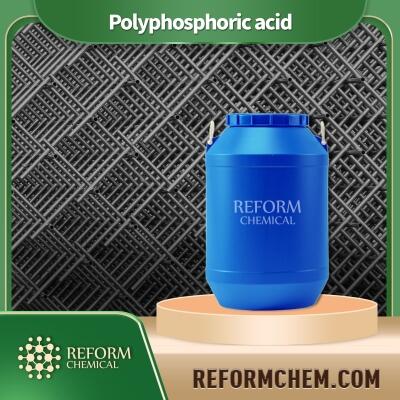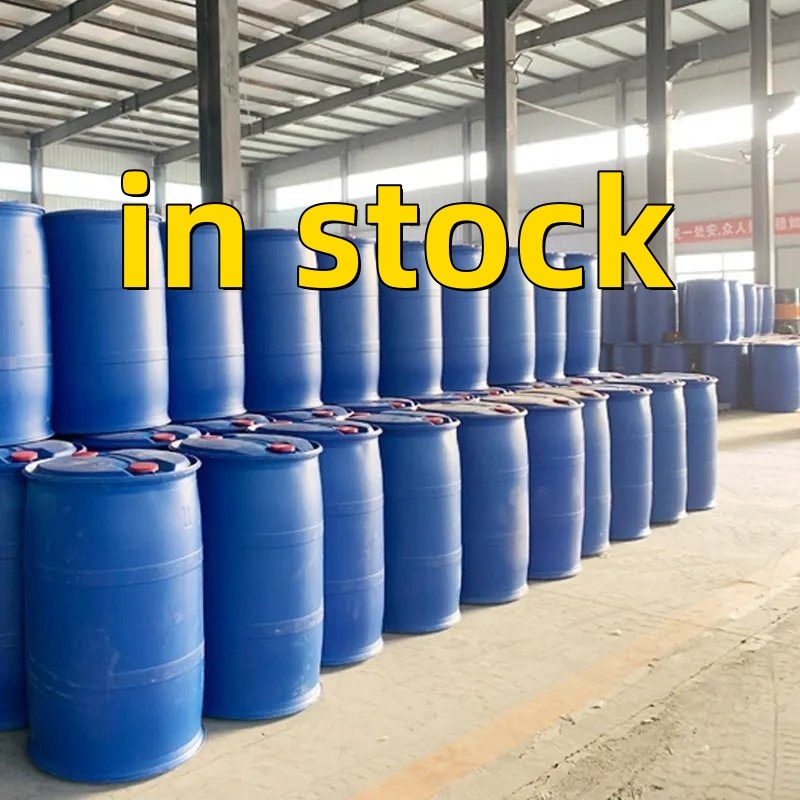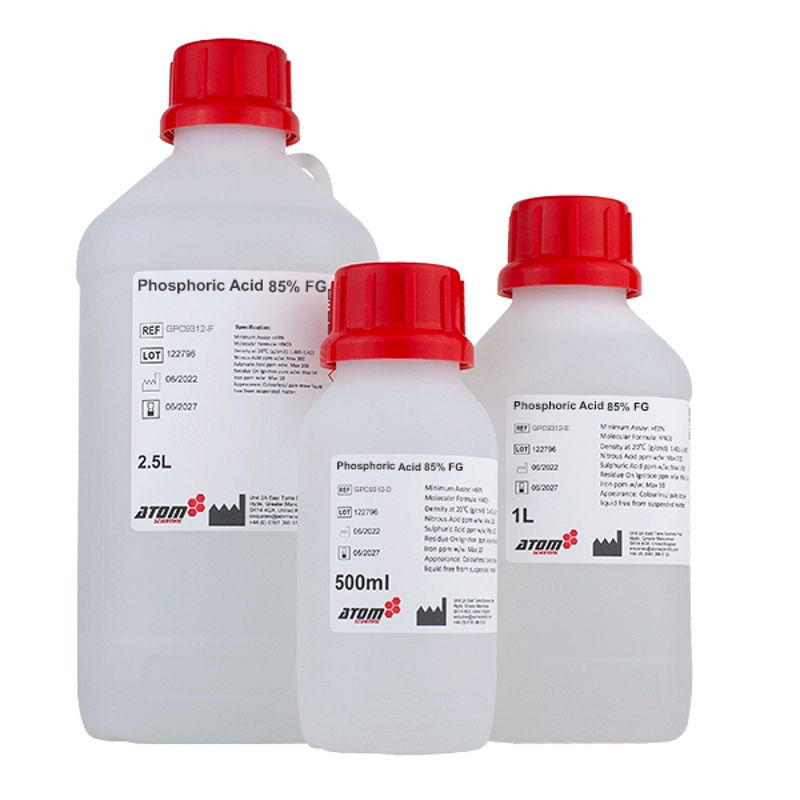-
Categories
-
Pharmaceutical Intermediates
-
Active Pharmaceutical Ingredients
-
Food Additives
- Industrial Coatings
- Agrochemicals
- Dyes and Pigments
- Surfactant
- Flavors and Fragrances
- Chemical Reagents
- Catalyst and Auxiliary
- Natural Products
- Inorganic Chemistry
-
Organic Chemistry
-
Biochemical Engineering
- Analytical Chemistry
-
Cosmetic Ingredient
- Water Treatment Chemical
-
Pharmaceutical Intermediates
Promotion
ECHEMI Mall
Wholesale
Weekly Price
Exhibition
News
-
Trade Service
Potassium zirconium carbonate (KZC) is a white, water-soluble crystalline substance that is widely used in various industries, particularly in the chemical industry.
The production process of KZC involves several steps, each of which requires careful attention to detail to ensure high-quality product.
- Raw Material Preparation
The first step in the production process of KZC is the preparation of raw materials.
Zirconium oxide and carbonate are the primary raw materials used in the manufacture of KZC.
The zirconium oxide is typically obtained from the hydrometallurgical separation of zircon from sand, while the carbonate is derived from the calcination of calcium carbonate. - Mixing
The next step is mixing, where the carbonate and zirconium oxide are mixed in appropriate ratios to form a homogeneous mixture.
This mixture is then ground to a fine powder to increase its surface area and to ensure that all the particles are uniformly sized. - Calcination
The powdered mixture is then heated in a furnace at a high temperature to remove the moisture and to activate the carbonate.
This process, known as calcination, helps to increase the reactivity of the carbonate and to initiate the reaction with the zirconium oxide. - Hydration
After calcination, the mixture is allowed to cool, and water is added to it slowly to initiate the reaction between the zirconium oxide and the carbonate.
The reaction between these two components results in the formation of KZC, which is a hydrated form of zirconium carbonate. - Crystallization
The mixture is then allowed to react for several hours to allow the KZC to crystallize.
The crystallization process occurs slowly, and the mixture is continuously stirred to ensure that all the particles are equally sized and that the reaction progresses uniformly. - Filtering
After crystallization, the mixture is filtered to remove any impurities that may have formed during the reaction.
The filtered product is then washed with water to remove any remaining impurities. - Drying
The filtered product is dried in an oven at a moderate temperature to remove any moisture that may still be present.
The dried product is then ground to a fine powder to ensure that it has a uniform particle size. - Sieving
The powdered KZC is then passed through a sieve to remove any particles that may be larger or smaller than the desired size range.
The sieved product is then packaged and labeled for shipment.
In conclusion, the production process of KZC involves several steps, each of which requires careful attention to detail to ensure high-quality product.
From the preparation of raw materials to the sieving of the final product, every step in the process plays a critical role in the manufacture of KZC.
By following standard operating procedures and quality control measures, it is possible to produce high-quality KZC that meets the needs of various industries.







